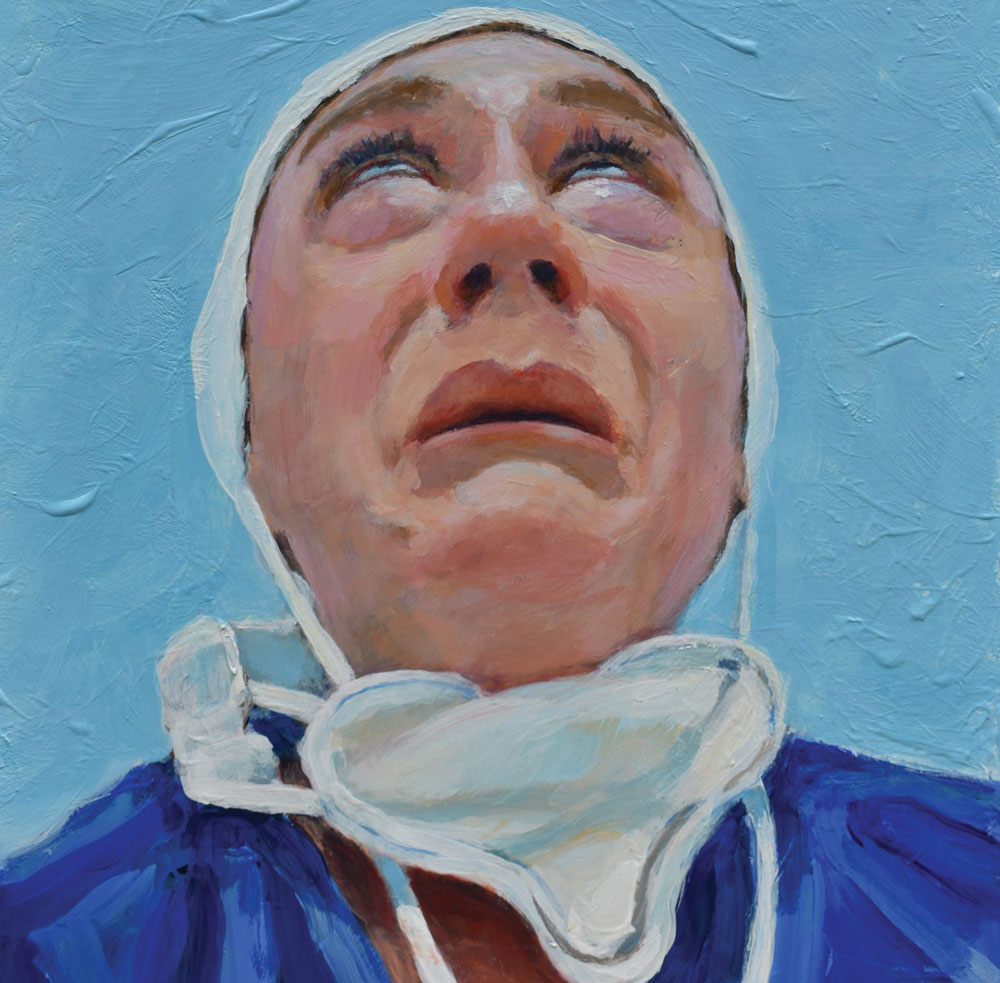October 5, 2011; Source: Salt Lake City Weekly | “Kicking folks out of their homes and filling the market with zombie homes that infect neighborhoods with deflated values increases the likelihood of more foreclosures, which gives rise to an undead community—even a zombie economy, lurching slowly away from recovery.” This is how an article from the Salt Lake City Weekly describes the scourge of foreclosures in Utah that advocates say has been aided rather than stemmed by the confusing policies of the federal Home Affordable Modification Program (HAMP).
The article recounts the story of one woman who said that the program merely strung her along with “promises of salvation” even while the bank was proceeding with its foreclosure through ReconTrust. Marco Fields, a housing advocate with nonprofit org TEEMS Utah, says she has heard the story many times over involving numerous lenders. She asserts that the HAMP program has significant flaws which have been “exploited and botched by loan servicers in a way that makes the problem worse.” As she told the Weekly, “People think the foreclosures are going down—they’re not. What is happening is there are so many people defaulting that the banks can’t keep up with filing notices of default.” Fields adds that there is about a three-month backlog of foreclosures that have not yet been publicly posted. “That is terrifying,” Fields said. “By the end of the year, we’re going to see more than 50,000 foreclosures,” compared to the 32,000 posted in 2010.
Sign up for our free newsletters
Subscribe to NPQ's newsletters to have our top stories delivered directly to your inbox.
By signing up, you agree to our privacy policy and terms of use, and to receive messages from NPQ and our partners.
Bank of America spokesperson Rick Simon responds by saying that there have been multiple changes to and inconsistencies in HAMP’s guidelines: “There was a traditional way these things worked, and we’ve turned that on its end completely over the past two years.”
Wherever the fault lies, says Fields, it is the homeowners and communities besieged with zombie homes that get hurt. “The problem is that the banks’ and investors’ guidelines change every four to six weeks,” Fields said. “And the poor little homeowner who is trying to get some kind of relief gets stuck in this cycle and goes around and around.”—Ruth McCambridge













